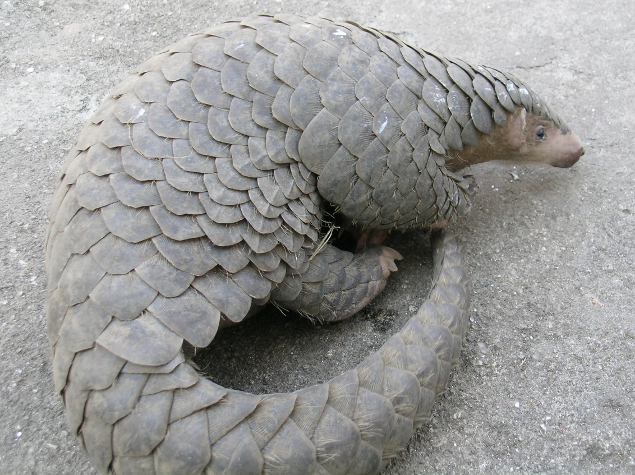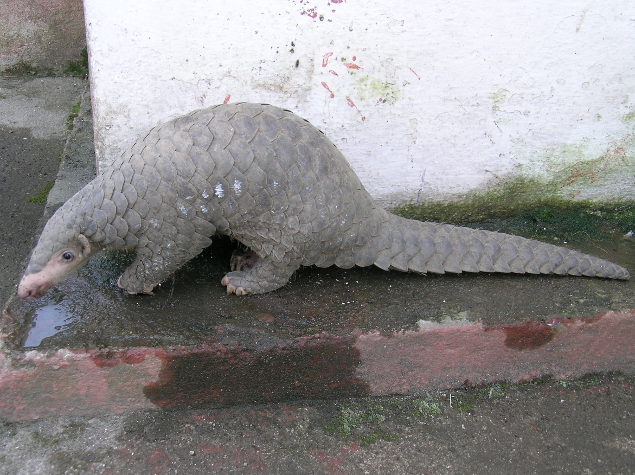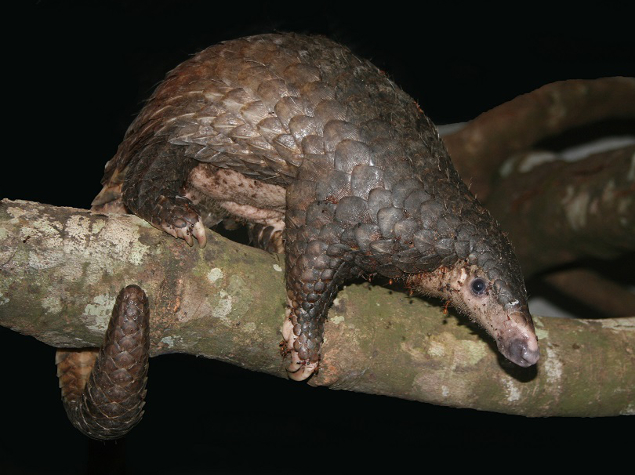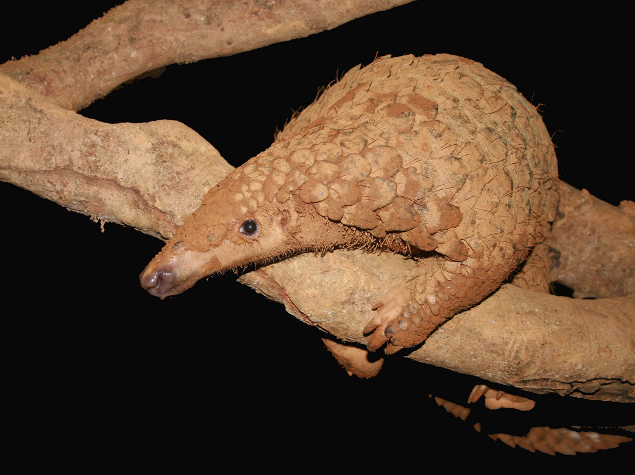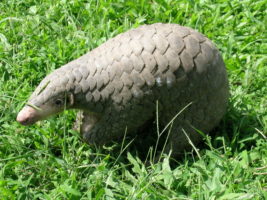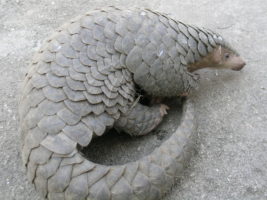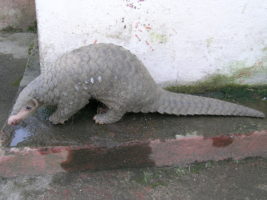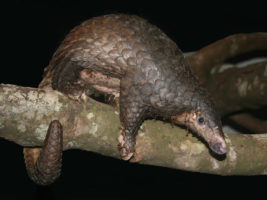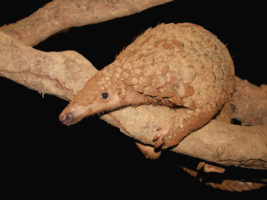Strengthening governance for protected species: the case of the Chinese pangolin and the Sunda pangolin
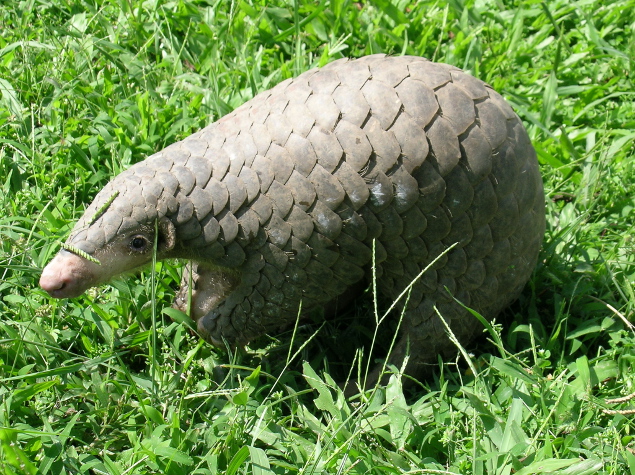
Laos is home to the Chinese and Sunda pangolins, both of which are classified as ‘critically endangered’ on the IUCN Red List and listed in CITES Appendix II. Their populations are declining rapidly, and no estimate of the number of individuals remaining is available. They are hunted for their meat and, in particular, for their scales, used in traditional Chinese medicine. Pangolins are almost impossible to breed in captivity.
Laos ratified CITES (the Convention on International Trade in Endangered Species of Wild Fauna and Flora) in 2004. A recent decree issued by the Prime Minister of Laos aims to strengthen regulation on the protection of forests and wildlife, including the pangolin. However, biodiversity inventories and protection measures are confined to national protected areas, with no data available for other areas.
Oudomxay Province is a crossroads on the trafficking routes between Myanmar, Thailand, China and Vietnam. Pangolin populations are also thought to live there, particularly in three villages in La and Namor districts. The imminent opening of a railway line in 2021, linking the south of China and Vientiane via Oudomxay, is likely to attract more poachers.
This project, run by the Comité de Coopération avec le Laos (CCL), will follow two main lines of action. The first aims to increase knowledge of the remaining pangolin populations as well as the dynamics and extent of trafficking. In the target districts, maps will be drawn up of the areas likely to contain pangolin populations and interviews will be conducted. Optical sensors will be used to estimate the size of the remaining populations. The main findings will be published.
Local governance of biodiversity conservation will be strengthened in order to safeguard the two species. Local authorities will receive training on national and international regulations that apply to protected species and their trafficking, and two multi-stakeholder meetings (local authorities, conservation NGOS, village communities) will be organized. This will lead to the establishment and dissemination of an ‘Oudomxay Action Plan for Pangolins and Biodiversity’.
Final sumary report (November 2021):
- A mapping of the areas likely to host the two species has been established. This was carried out via field surveys but also through interviews with villagers and poachers. A priority conservation area has been defined. 34 camera traps were subsequently placed around 5 villages. Two individuals were observed in 2 different areas. Due to the very low number of individuals encountered, it was’nt possible to estimate the populations present. 24 other species were also encoutered.
- Market visits and meetings with potential traffickers were carried out as well as a surveillance on social media. 185 awareness-raising booklets were distributed to children.
- Training on national and international regulations for protected species was organized for 30 people. Another training, on camera traps, was given to 19 people. 2 workshops and 2 consultation sessions in the districts were organized.
- An action plan for the protection of local biodiversity, integrating the conservation of pangolin species and their habitat, is being drawn up with local partners.

